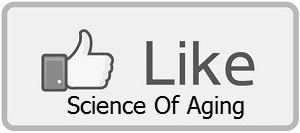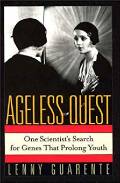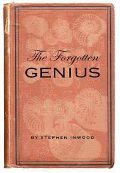Theodor Schwann Theorizes that All Living Things are Made of Cells
 Who:Theodor Schwann
Who:Theodor SchwannWhen:January 01, 1839
Methods: Drawing upon published information
Institution: University of Berlin
Where: Berlin, Germany
 |
| Photo of Theodore Schwann |
In 1839 Theodor Schwann (1810-1882) published a monograph that declared all animals and plants are made from one single fundamental unit.1 The thought marked a sea change in the study of anatomy and life itself. It was an insight founded on years of research by scientists looking through their microscopes to discover, bit by bit, that animals and plants are full of cells.
Schwann formalized his ideas in a book, Microscopical Researches Into the Accordance in the Structure and Growth of Animals and Plants, authored while working in Johannes Peter M�ller's lab.2 M�ller held the chair of Anatomy and Physiology at The University of Berlin, and used his stature to propel Schwann's book into wide spread acceptance. In return, Schwann's work would set M�ller's lab as the stage for future discoveries in Cell Theory.
 |
| "In the clear fluid, consisting of gum and sugar, granules of protein-compounds are seen swimming about (a), among which a few larger ones are strikingly conspicuous. Around these latter the former are seen conglomerated into the form of a small disc (b,c). Around other discs a clear, sharply defined border may be distinguished, which gradually recedes farther and farther from the disc(the cytoblast), and, finally, can be distinctly recognised to be a young cell (d,e)." -Schleiden's incorrect view of cell division, from his work "Grundz�ge der wiss. Botanik" |
In the mid 1800s the question of how cells formed existed in controversy. Schwann wrote that cells formed by crystallization of inanimate material inside the cell. The idea hearkened to The Theory of Spontaneous Generation and it is doubtful whether Schwann himself believed it. Matthias Schleiden a colleague in M�ller's lab, and a contributor to the book, should instead take the blame.2
The correct notion that cells originated from pre-existing cells had already been posed, but Schleiden opposed this organic view believing instead in a physio-chemical explanation.3 The idea both suited religious doctrine of the time, and answered the question of how the first cell formed, a mystery which persists to this day.
Schleiden was not alone in his belief, and the inclusion of the physio-chemical explanation, while flawed, helped the book gain wide spread acceptance among scientists. Thus, Schwann managed to establish the unity of life (all living things are made of cells), add foundation to the field of biology, and set cells at the center of scientific research for years to come.
References
- Schwann, Theodor. Microscopical Researches Into the Accordance in the Structure and Growth of Animals and Plants The Sydenham Society, 1847
- Henry Harris. The Birth Of the Cell. Connecticut and London: Yale University Press, 2001
- Mayr, Ernst. The Growth of Biological Thought. Cambridge, Massachusettes and London, England: Belknap Press, 1982




